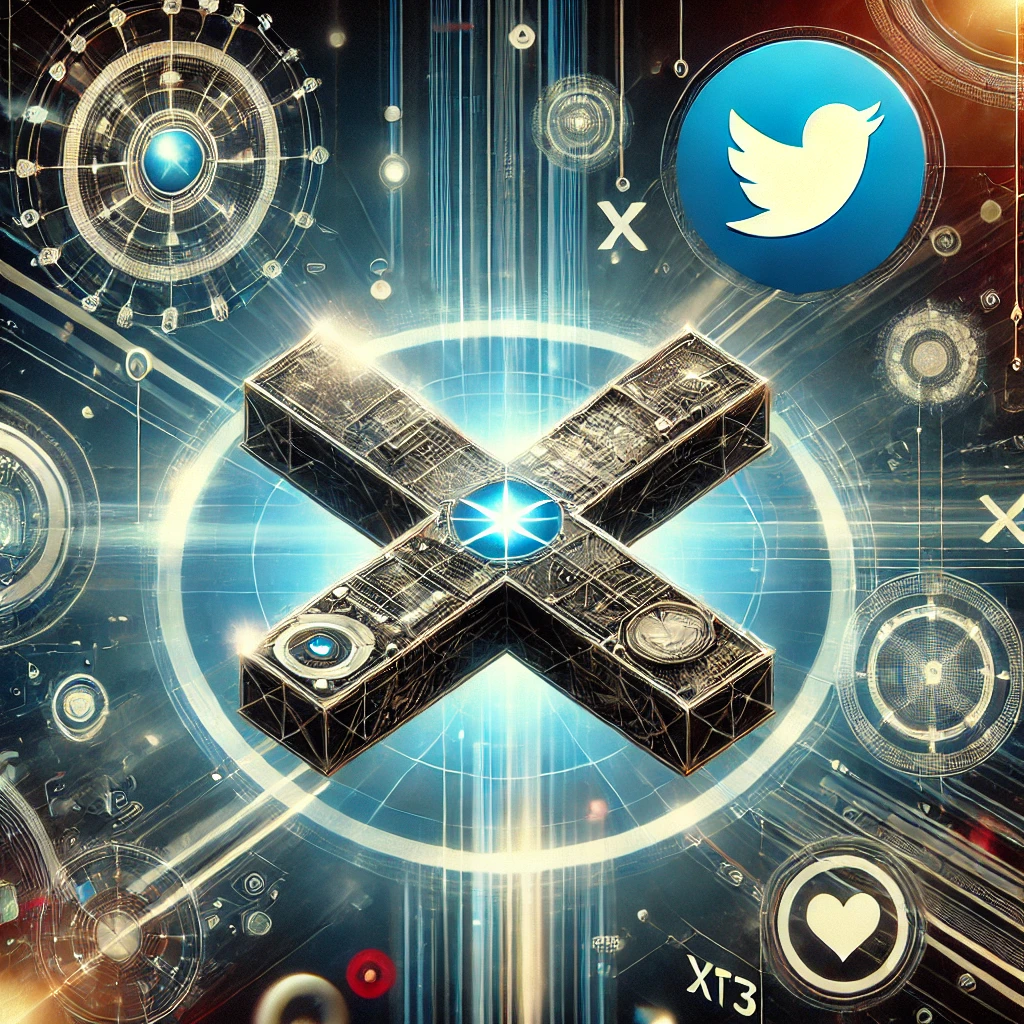Web3 is revolutionizing the way we interact with the internet, and social media platforms like X (formerly Twitter) are at the forefront of this transformation. As Web3 evolves, it promises to create a more decentralized and user-controlled experience, giving people power over their data, identity, and content. In this blog, we’ll explore how Web3 is changing the landscape of X and what the future holds for decentralized social media.

What is Web3?
Web3 is the next phase of the internet, built on blockchain technology. Unlike traditional Web2 platforms, which are controlled by centralized entities like tech companies, Web3 aims to decentralize control and give users ownership over their digital assets and identity.
In Web3, users interact with decentralized applications (dApps), where blockchain ensures transparency, security, and immutability. It’s a shift from the “read and write” capabilities of Web2 to “read, write, and own” in Web3, where users control their online presence and contributions.
X’s Role in the Web3 Revolution
X, one of the largest social media platforms in the world, has started taking steps toward embracing Web3 technologies. These efforts are paving the way for a decentralized future where users gain more control over their interactions on social media.
Here are some ways X is tapping into Web3:
- Crypto Integration: X has already introduced crypto payments, allowing users to tip content creators using Bitcoin and Ethereum. This integration is significant as it marks the beginning of decentralized financial transactions directly within social media platforms. Users can now support creators without relying on traditional banking systems, creating a more global and inclusive economy.
- NFT Profile Pictures: X users can now showcase their NFTs as verified profile pictures. NFTs (Non-Fungible Tokens) are unique digital assets stored on the blockchain, giving users verifiable ownership of their digital art, collectibles, and more. By embracing NFTs, X is integrating the digital ownership aspect of Web3 into social media.
- Decentralized Identity: A core promise of Web3 is the concept of decentralized identity, where users own and control their online identity across multiple platforms. In the future, X could introduce decentralized ID solutions that give users the ability to control their data and how it’s used across the web. This would reduce reliance on centralized data storage and allow users to protect their privacy more effectively.
- Tokenized Communities: With Web3, X could also explore tokenized communities, where users can create and manage their own decentralized groups. These communities could use governance tokens, allowing users to vote on decisions and shape the direction of their groups. This would decentralize power from platform owners to users, enabling a more democratic social experience.
The Benefits of Web3 for X Users
As X integrates more Web3 features, users stand to benefit in several ways:
- Ownership of Content: In Web3, creators retain ownership of their content, which means they can control how it is used, shared, or monetized. Unlike traditional platforms where companies control user-generated content, Web3 puts power back into the hands of users.
- Decentralized Economy: With the integration of cryptocurrency and NFTs, X can support a decentralized economy where creators earn directly from their fans. No intermediaries or complex monetization models – just direct peer-to-peer transactions enabled by blockchain.
- Enhanced Security: Blockchain technology ensures data transparency and security, making it nearly impossible to alter or manipulate content once it’s recorded. This enhanced security could improve trust on the platform, reducing fraud and misinformation.
- Global Access: With crypto payments and NFTs, X is opening up a new world of global transactions. Users in any part of the world can engage with creators, tip them, or buy NFTs without needing traditional financial systems. This helps break down geographical barriers and fosters a truly global social media experience.
Challenges Ahead for Web3 and X
While the integration of Web3 into X is exciting, it’s not without its challenges. Some of the key hurdles include:
- Scalability: For Web3 technologies to become mainstream, they need to handle large-scale user interactions without slowdowns. Blockchain networks like Ethereum are still working on improving transaction speed and reducing costs to make Web3 more accessible to everyday users.
- User Education: Many X users are unfamiliar with Web3 concepts like NFTs, crypto wallets, and decentralized apps. For Web3 adoption to succeed on a large scale, platforms like X will need to invest in user education to explain how these technologies work and how they can benefit from them.
- Regulation: Web3 technologies, particularly cryptocurrencies and NFTs, are subject to evolving regulations. X will need to navigate these regulatory challenges as it integrates more decentralized features, ensuring compliance with laws while offering decentralized services.
The Future of X and Web3
As Web3 continues to evolve, its integration into X could transform the platform into a leading example of decentralized social media. Imagine a future where users control their data, engage in direct financial transactions, and participate in decentralized governance – all on one platform.
In this future, X could become the blueprint for other social media platforms that want to embrace Web3 and empower users through decentralization. From crypto payments to decentralized identities, the possibilities for innovation are endless.
Web3 #XPlatform #Decentralization #SocialMedia #Blockchain #Crypto
Leave a Reply